White Paper:
Best Practices for Multi-Device
VR/AR Development
Five techniques for supporting different
devices, SDKs and platforms in a single
Unity project
ON THE ASSET STORE - https://assetstore.unity.com/packages/tools/utilities/bridgexr-116811
Parkerhill BridgeXR is a software SDK manager for Unity developers which enables implementing VR and AR applications, once, while targeting a variety of devices, platforms and user experience paradigms. BridgeXR leverages the best of breed software from the leading VR and AR vendors, providing a device-independent layer to build your applications.
Why BridgeXR?
Build device-independent cross-platform VR and AR applications
Continue to use the world-class optimized toolkits from leading tech giants
Handle varying user experience paradigms, semantics and devices
Leverage coding best practices and Unity's innovative features
Avoid code branches or duplicate project folders per platform
Learn More and Buy Now
Build platform bridges
A bridge is a platform-object mapping in your Unity project. Dynamic in-editor serialization and runtime instantiation. Types of bridges include
Scene loader
Player rigs
Prefabs
Input gestures
Plug-ins,
and more.
Use toolkits you trust
Rather than try to replace VR and AR toolkits, BridgeXR builds on top of the tools you know and trust, including
SteamVR Interaction System
Google Daydream Elements
Oculus SDK
Windows Mixed Reality Toolkit
Google ARCore
Apple ARKit
any other toolkit, present or future.
reaction semantics
Translate device input events into your application's semantic events. Assemble reusable reaction collections, including
Audio reactions
Particle effects
Timeline sequences
Animations
unity best practices
Use the latest Unity features and best practices including
In-editor developer tools
Unity events
Scriptable objects
Playables and timelines
Asset bundles
Don't let VR and AR toolkit SDK fragmentation disrupt your development


